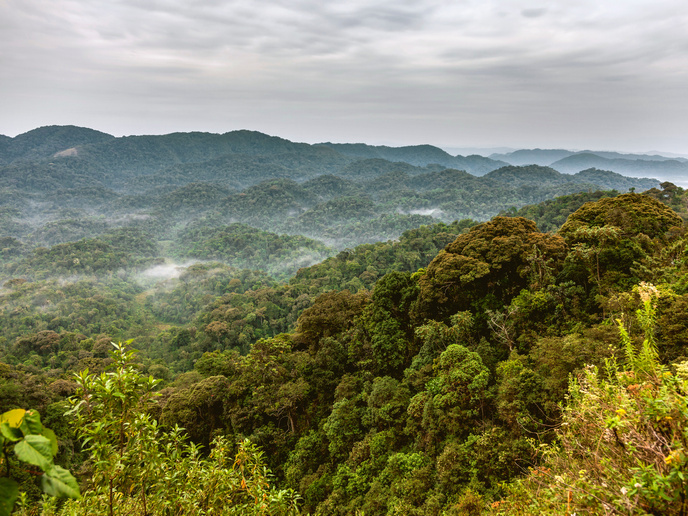When mapping carbon stocks, every tree counts
New research supported by the EU-funded TOFDRY project has shown that accurate nation-wide mapping of the carbon content of trees is possible using aerial images and deep learning. This novel approach to mapping the carbon stock of each individual tree was demonstrated in Rwanda and is described in a paper published in the journal ‘Nature Climate Change’. “Large uncertainties exist for the current forest assessments internationally. By mapping the carbon stock of all individual trees, accuracy is greatly improved,” states PhD researcher and study first author Maurice Mugabowindekwe of TOFDRY project host University of Copenhagen, Denmark, in a news item posted on the university’s website. “Further, the way different countries make their inventories is not consistent due to different contexts, goals, and available datasets. We hope that this method will establish itself as a standard, thereby enabling better comparisons between countries.” But why develop the new method in this particular African country? As Mugabowindekwe explains in the news item, Rwanda was chosen because of its rich and varied landscape that includes “savannas, woodlands, sub-humid and humid forests, shrubland, agro-ecosystem mosaics, and urban tree ecosystems which are representative of most tropical countries.” The researcher elaborates further: “We wanted to prove the method for all these landscape types. Moreover, Rwanda is a signatory to several international agreements on forest preservation and climate change mitigation. For instance, Rwanda has pledged to restore about 80 % of its surface area by 2030 under the Bonn Challenge. So, it is highly relevant to have a reliable method for monitoring tree carbon.” The research shows that 72 % of the country’s mapped trees are located in farmlands and savannas and 17 % in plantations. Interestingly, while natural forests cover only 11 % of Rwanda’s total tree count, they account for over 51 % of the national carbon stock. According to the news item, this is mainly because of the very high carbon content per tree volume in natural forests, made possible because of national laws that minimise human disturbance. “This suggests that conservation, regeneration, and sustainable management of natural forests is more effective at mitigating climate change than plantation,” notes Mugabowindekwe.
The importance of individual trees
For a mapping method to be accurate, it is vital that the computer distinguishes individual trees. This is because one very large tree will have a much higher carbon content than a group of trees whose crowns clustered together extend as far as the crown of the single tree. So, mistaking a group of trees for a single tree will result in significantly overestimating the carbon content. To identify individual trees even in dense rainforests, the team used computer vision and machine learning, and they trained the computer on 97 500 manually delineated tree crowns across the country. The method developed with support from TOFDRY (Trees outside forests in global drylands) has now also been tested for Burundi, Kenya, Tanzania and Uganda. Mugabowindekwe comments: “The method has yielded good results when applied directly to a new country or region. If the model is further trained on a local set of samples, the accuracy becomes even higher.” For more information, please see: TOFDRY project website
Keywords
TOFDRY, tree, forest, Rwanda, climate change, carbon stock, carbon content



